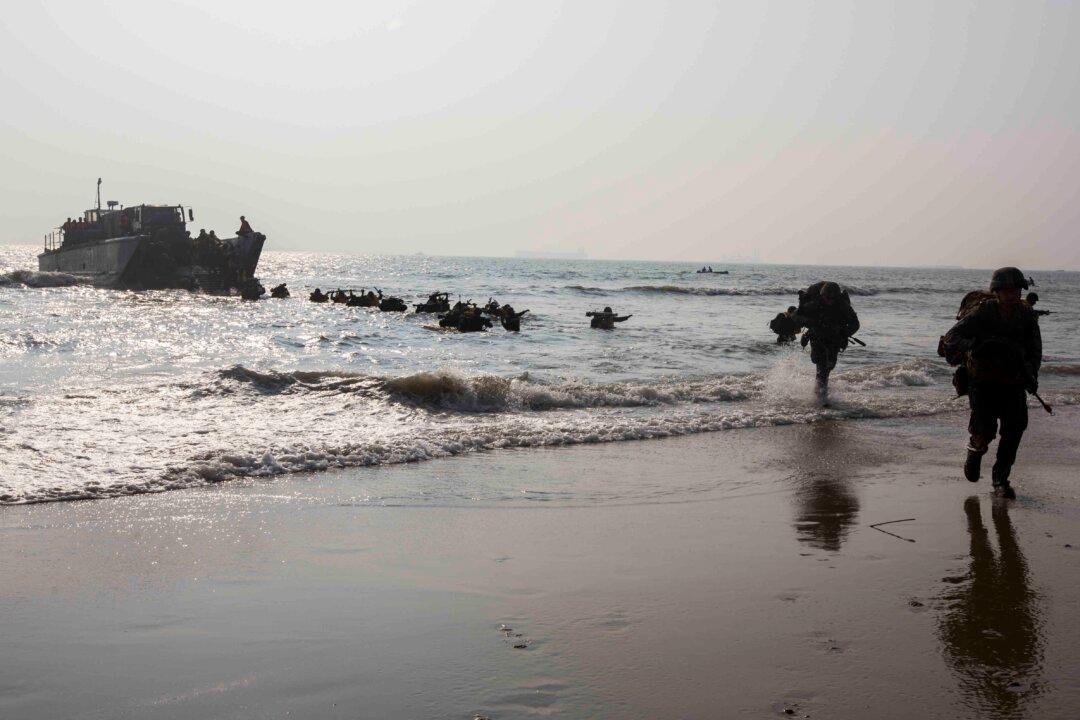After nearly two decades of accumulating dust on the streets of Fallujah and Camp Bastion, the U.S. Marines are once again preparing to get their boots wet.
Following the publication of the Trump administration’s 2018 National Defense strategy, the U.S. military has been revamping its strategies to counter Russia and China, in an era of what analysts call renewed “great power competition.”





